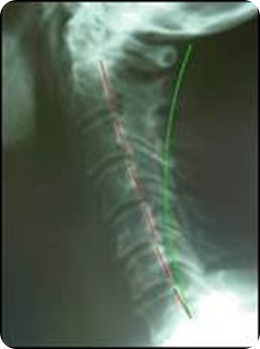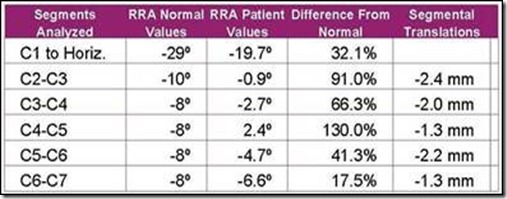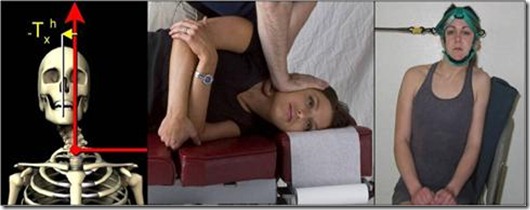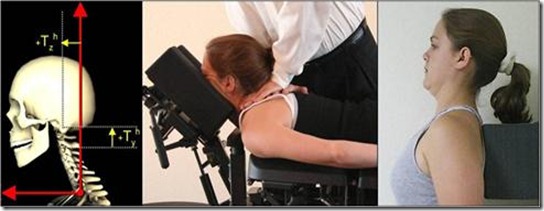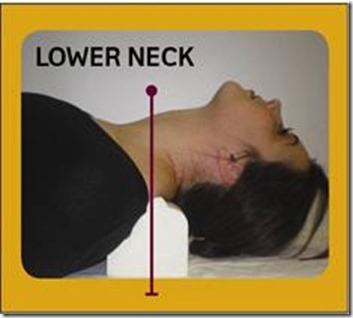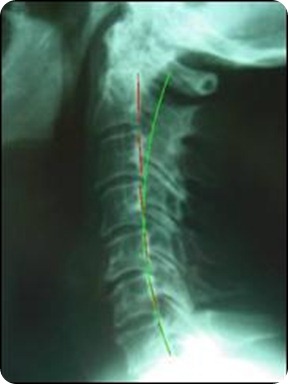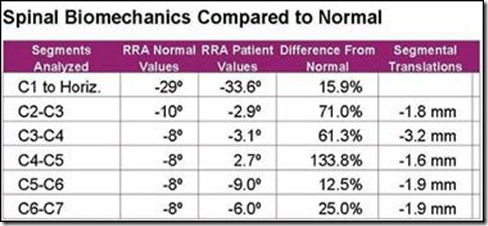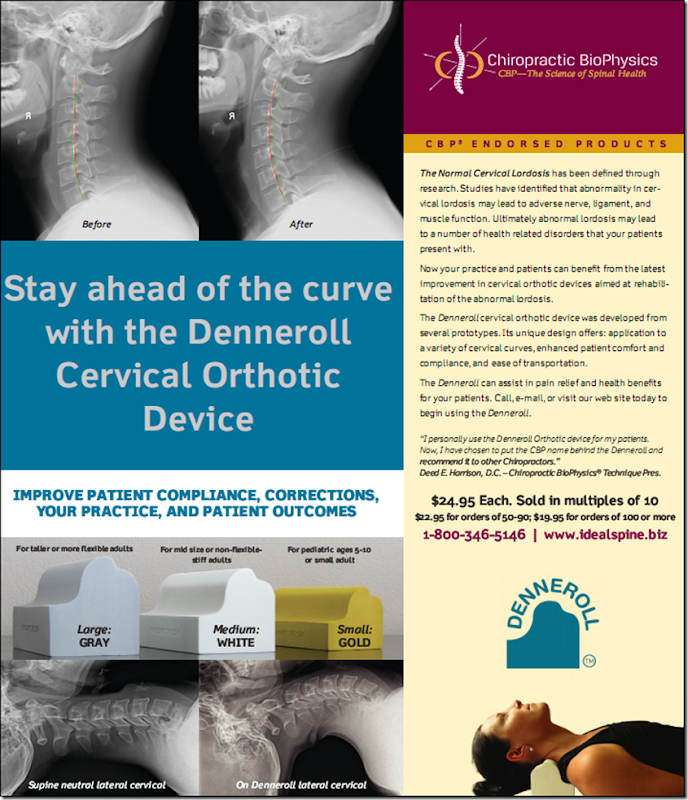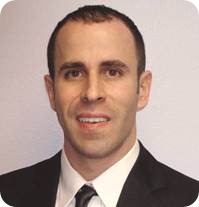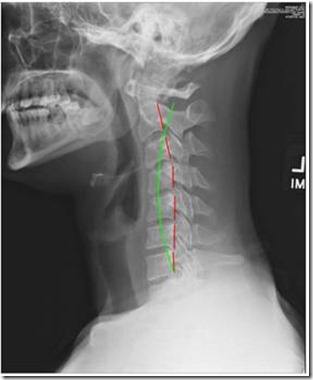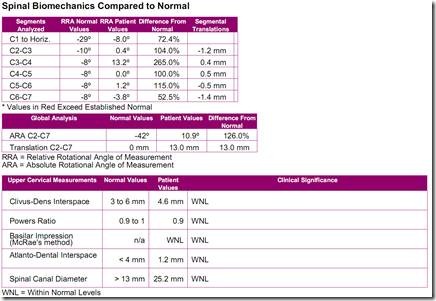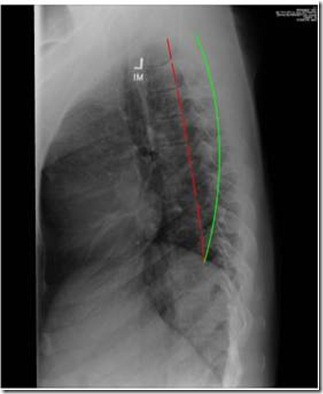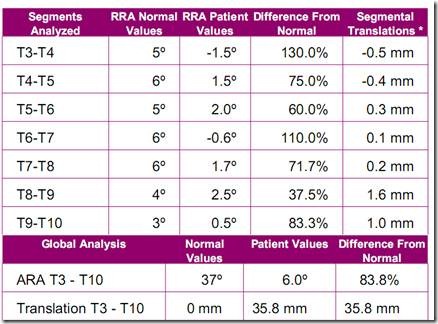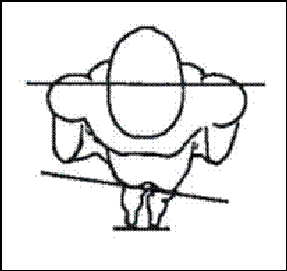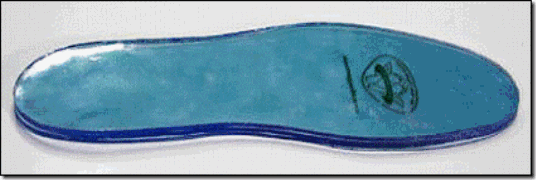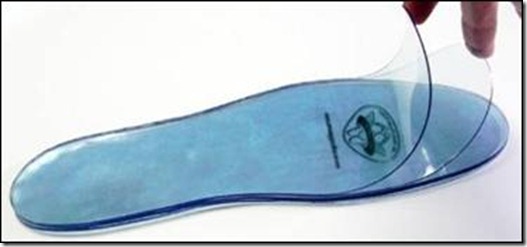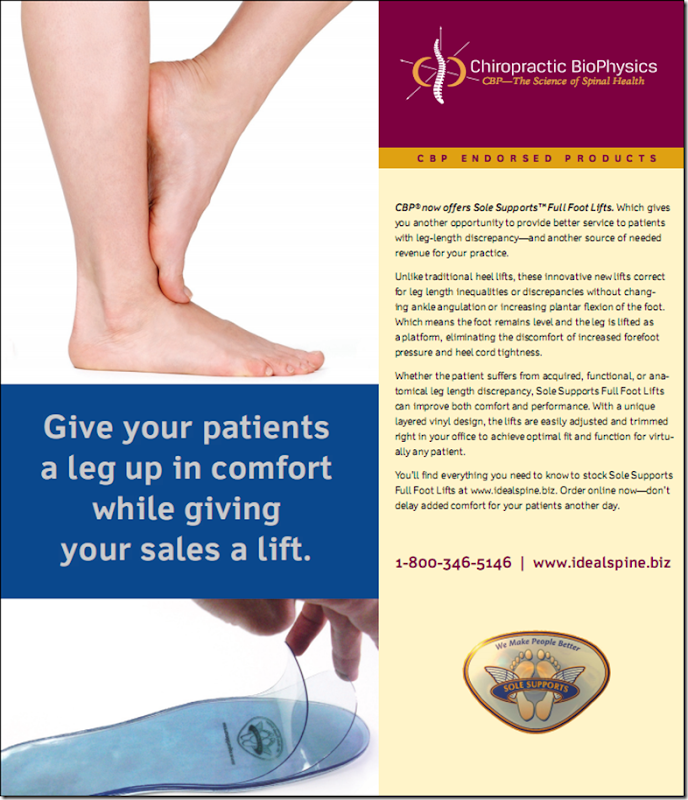HOW TO FIND GREAT STAFF
 Tuesday, April 13, 2010 at 4:41AM
Tuesday, April 13, 2010 at 4:41AM Eric Huntington, DC
Co-Owner Developer of the Chiropractic Business Academy
While there are many aspects to a successful practice, one key element is hiring the right staff. At the Chiropractic Business Academy we provide chiropractors with the skills and procedure necessary to not only find quality staff, but to also train those staff to become super effective team members. In fact, one of the reasons that we are so popular with our clients is because WE TRAIN THEIR STAFF!
It all Starts with Finding the Right Person to Hire
You have to confront the fact that a great majority of the people who will come to your office to interview are not employable. From my experience of owning a large staff run office for ten years and the hundreds of chiropractors we consult every week, I estimate that on average, one in thirty people that you interview are employable—and about one in one hundred are that super star that will help bring your practice to the next level. You may get lucky and find a great person in the first five or ten, but realize that you were fortunate, and don’t stress if you really have to search for your next one.
So, this means that you have to set up your hiring strategy so that it can manage large numbers of people without disrupting the rest of your practice. Here is one way to do that.
Interview every week, even if you don’t necessarily need to hire someone right now. You always want to be on the lookout for that one in one hundred. If you find that super star, you can always find a place for them which will grow your practice. I recommend to my clients that a marketer, if well trained and productive, will always make you more money than they cost you. So marketing is one place you can put an “extra” person.
When we are fully staffed, we only use free advertising mediums on the internet or flyers on cork boards around town. When we really need new staff, we pay for newspaper ads, etc. Always keep a file of decent prospects if you can’t hire them right away.
Hold a group interview at the same day and time each week. Have a dedicated phone number that goes to a voicemail which nobody picks up (you can use a cell phone for this as well). On the recording, leave the day and time of the interview—so if it’s always the same, you never have to change it. On the message be sure to leave all necessary data--address, directions, etc. Remind them not to leave a message.
Train your receptionist to have employment applications on clipboards with pens ready on the day of your interview-- as people often come early. You do the first part of the interview in a group. Tell the whole group your name and that you will be meeting with them briefly. Starting with the first person who is done with their application (or the first person who walked in, if you don’t care whether or not they finish the application) peel them off from the group, somewhere that is semi-private.
If your office space allows, don’t take them into a room, as you’ll find yourself getting trapped and wasting time. In my office, we can have them walk out of the reception seating area and meet the interviewer next to the front desk-- They are literally standing for this part of the interview.
Three things that I look for in this short interview are,
- Do they communicate well: Can you understand what they are saying—volume, accent, properly structured sentences, etc? When they answer questions, are their answers truly answers to your questions, or is it sort of off the topic? When they originate something, is it appropriate to the setting and is it consistent with the conversation?
- Do they present well: Did they dress appropriately? Are they well groomed—as opposed to dirty or messy? Did you feel comfortable with them near you and would you feel comfortable that they could help you handle something really important to you?
- Are they positive: Are they cheerful, excited about life and an opportunity to work?
There are other very important things to look for which take more extensive training to learn. These things are covered in our client workshops and courses.
For those people that you do not wish to have back for a second interview, tell them that you are reviewing applications and will only be contacting those that seem to be a good fit for the position, and have them back for a second interview—tell the person that you’ll make those phone calls within a few days. Thank them for coming to the office, shake their hand and end it quickly—but very politely. A key to getting yourself to do this weekly is not wasting time.
For those that you think might be a good candidate, have a short test on hand which you can have them do right in the office-- on that first interview.
If you’d like the test I use, you can call into The Chiropractic Business Academy and ask for Brian. He can give you the test I use.
Call 888-989-0855
The Next Step is a Working Interview for Your Best Candidates! To learn how to conduct this interview visit our website and read the rest of this article. www.ChirobizAcademy.com
 CBP Seminars | Comments Off |
CBP Seminars | Comments Off | 







